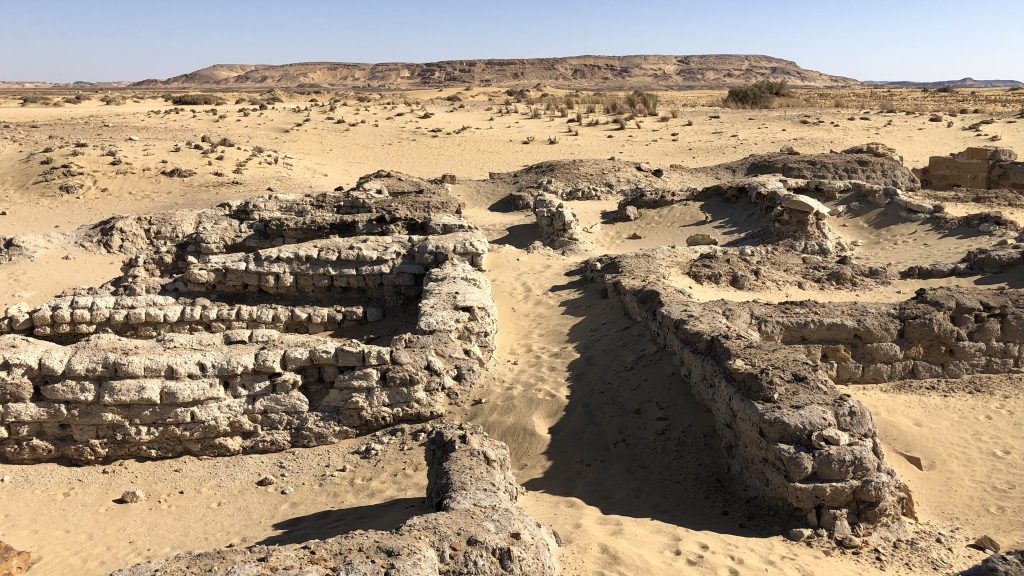Archaeologists say they have unearthed an entrance to a large stone temple in the ancient Egyptian town of Athribis.
Others are reading now
Archaeologists believe they have found the entrance to a 2,100-year-old temple buried in the ancient Egyptian town of Athribis, near modern-day Sohag.
“The entrance to a temple in the rock is suspected to be under the still untouched piles of rubble behind it,” explained Professor Christian Leitz and Dr. Marcus Müller of the University of Tübingen, who have been working at the site since 2022 alongside Mohamed Abdelbadia from the Egyptian Antiquities Authority.
The team has been uncovering an ancient temple complex built between 144 BCE and 138 CE.
Originally 51 meters wide with towers reaching 18 meters high, the structure has largely been lost to quarrying—leaving only 5 meters standing today.
Also read
A coin found at the site dates this destruction to around the year 752.
According to SciNews, among the finds are intricate reliefs showing a king offering sacrifices to the lion-headed goddess Repit and her son Kolanthes. Hieroglyphic inscriptions have revealed that Ptolemy VIII, a 2nd-century BCE ruler, oversaw the construction and decoration of the temple’s monumental entrance, or pylon.
The team made an interesting discovery inside the north tower of the pylon—a hidden chamber.
After carefully removing a massive 20-ton ceiling block, they revealed a room about 6 meters long and 3 meters wide. Initially used for temple utensils, it later stored amphorae.
The pylon also features an unexpected second door leading to a staircase that once climbed at least four flights to an upper floor, now destroyed. This unique architectural feature hints at additional storage rooms once housed above.
Professor Leitz noted finely smoothed limestone blocks and decorative elements like a cobra frieze suggest there may be more hidden treasures behind the rubble, potentially a rock sanctuary waiting to be unveiled.








